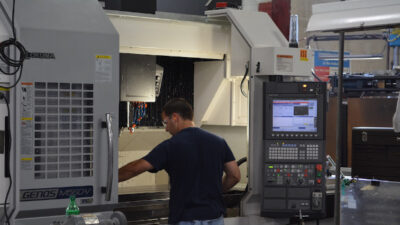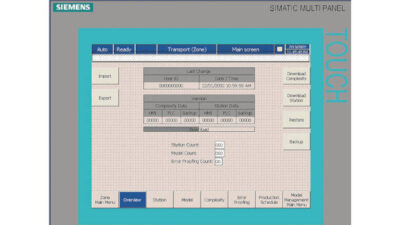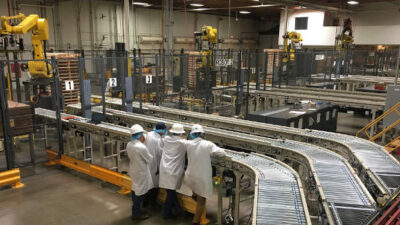On-boarding and ramp-up time can constitute a month or more of non-productive time and be a substantial part of project cost, especially when using offshore resources. Here's how to reduce waste.
With so many automation and manufacturing execution system (MES) projects being implemented by consultants and contractors, it is important to have good processes in place to make these projects productive as quickly as possible. In many projects, the on-boarding time—which is the time to setup all of the proper hardware, accounts and privileges—and the ramp-up time—which is the time it takes for someone to start doing useful work on the project—can be a month or more. This month of non-productive time can be a substantial part of project cost.
Most IT departments have on-boarding processes for getting PCs, user accounts, and standard tools set up. These processes work well for on-boarding administrative and clerical personnel, but workers in automation projects often need additional specialized hardware, software tools, and IT administration rights. Automation contractors also need to know your automation project processes and their roles in those processes.
It’s important that this information is readily available to reduce on-boarding and ramp-up times. It is even more important to have the information easy to find if the contractors are offshore. Because of time zone differences and potential language problems with offshore contractors, simple misunderstandings of project process rules can take days to be resolved, negatively impacting the project’s schedule.
Automation-specific additions
On-boarding for automation projects should augment the IT on-boarding process by adding other necessary components such as PLC or DCS programming tools, fieldbus network cards, configuration management accounts for code check-in and check-out, defect tracking accounts, test system accounts, documentation system accounts, project management tools, and physical access rights. Also, IT organizations often have separate on-boarding processes for their own staff, which usually includes additional administrative rights and software tools. Manufacturing managers should work with their IT organization to add standard on-boarding processes for automation and MES contractors. Ensuring that contractors have the right tools will eliminate problems later in the project.
Once your automation resources are fully on-boarded, they will need to understand your development processes. Fortunately, it does not take sophisticated tools to provide this information. One easily implemented method is through collaboration services or a Wiki system that provides on-boarding and ramp-up information.
The Wiki should start with a list of general questions that new personnel always ask. These would include: “What do I do first?”; “How do I see the tasks assigned to me?”; “How do I see the meeting schedule?” ; “How do I submit a problem report on (O/S-operating system, project code, tools,…)?”; “What is the project schedule?”; “What is the holiday schedule?” (this is important and often overlooked when using off-shore consultants); “What is the meeting schedule?”; “What is the project organization chart?”; “Who are the vendor contacts?”; and, most importantly, “What are those 3-letter acronyms?”
The answer to each question should include a graphical representation of the process, an identification of who to contact for questions on the process, links to the appropriate internal website for additional information, and links to internal tools used to initiate a process or take an action.
The advantage of using a Wiki is that changes can be quickly accomplished without calling on IT resources. A Wiki can also be quickly extended for project-specific information and processes.
On-boarding and ramp-up time for contractors is usually built into project schedules but is often underestimated. Spending time before any project starts to work with the IT organization to define the tools and processes your contractors need can save man-months of unproductive time, time that your project is paying for.
Author Information
Dennis Brandl is president of BR&L Consulting in Cary, NC, www.brlconsulting.com . His firm focuses on manufacturing IT. Contact Dennis at [email protected] .



